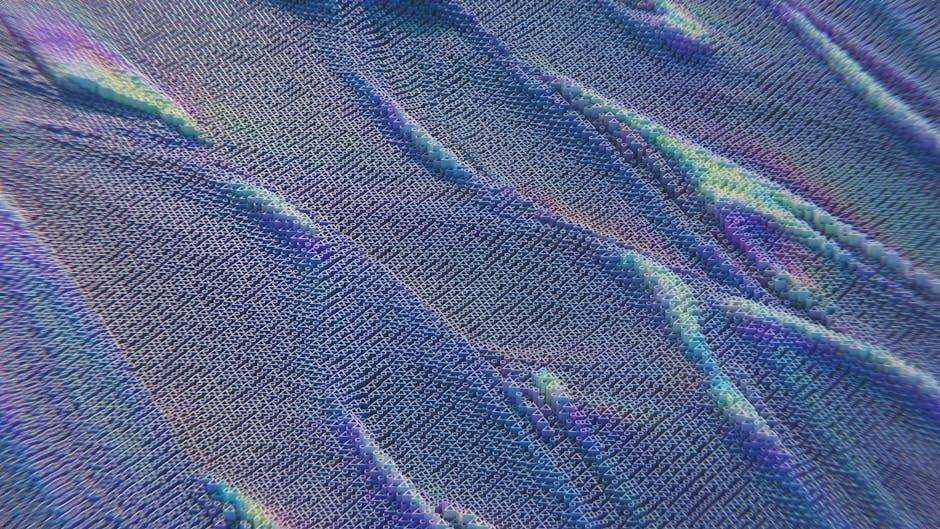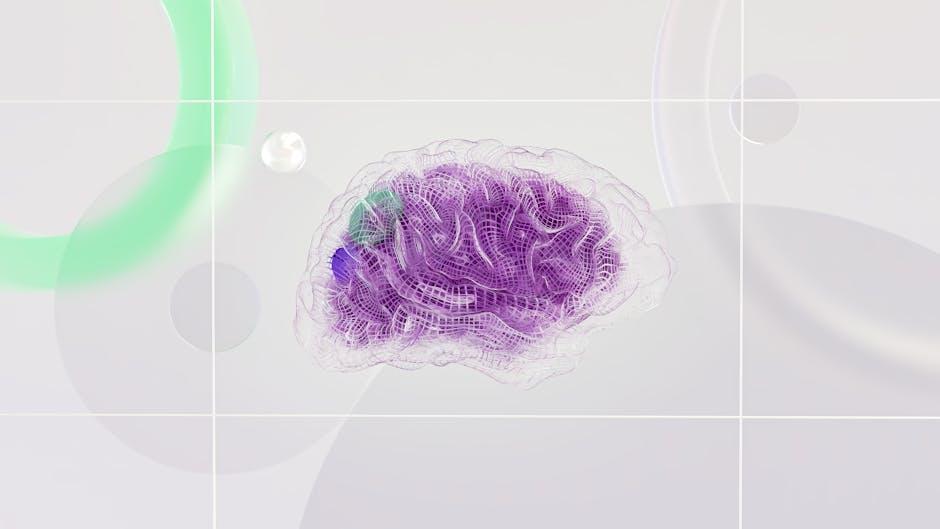In the shimmering realm of modern cinema, where imagination knows no bounds, a silent debate rages beneath the surface of the silver screen. It is a battle between the tangible and the digital, the age-old artistry of practical effects and the dazzling allure of CGI. As filmmakers wield technology like a magic wand, crafting worlds both breathtaking and surreal, a question emerges from the shadows: Is CGI being overused, casting aside the tactile charm of practical effects? This exploration delves into the heart of contemporary filmmaking, seeking to uncover whether the digital revolution enhances or eclipses the authenticity and artistry of its predecessors. Join us as we navigate this cinematic crossroads, where pixels and puppetry collide in a dance of creativity and innovation. Visual Storytelling: A Deep Dive into CGI and Practical Effects“>
Visual Storytelling: A Deep Dive into CGI and Practical Effects“>
The Evolution of Visual Storytelling: A Deep Dive into CGI and Practical Effects
The world of cinema has witnessed a remarkable transformation with the advent of CGI, which has revolutionized visual storytelling. From the awe-inspiring landscapes of Pandora in Avatar to the seamless integration of dinosaurs in Jurassic Park, CGI has opened doors to realms previously unimaginable. Filmmakers now have the ability to craft intricate worlds and creatures that defy the limitations of reality, allowing for a more immersive experience.
However, this digital revolution raises questions about the fate of practical effects. Practical effects offer:
- A tangible authenticity that can evoke a visceral response from audiences.
- An organic quality that can sometimes elude digital creations.
- The opportunity for actors to interact with real elements, enhancing performances.
Balancing CGI and practical effects can lead to a richer cinematic experience, where the magic of the digital meets the craftsmanship of the tangible.

Striking the Balance: How Modern Filmmakers Can Blend CGI with Traditional Techniques
In the ever-evolving world of cinema, the art of storytelling often hinges on the delicate dance between CGI and traditional filmmaking techniques. Modern filmmakers have a unique opportunity to harness the strengths of both, creating visually stunning and emotionally resonant narratives. The key is finding that perfect balance where neither element overshadows the other but instead, they enhance each other’s strengths.
- Enhanced Realism: Practical effects can ground a film in reality, making CGI elements feel more tangible and believable.
- Seamless Integration: Using CGI to complement practical effects can create a seamless visual experience, where the audience is fully immersed without distraction.
- Cost Efficiency: Strategic use of CGI can reduce costs by avoiding elaborate sets, while practical effects can be employed for scenes where tactile interaction is crucial.
By skillfully blending these techniques, filmmakers can craft immersive worlds that captivate audiences, maintaining the integrity and artistry of cinema.

The Impact of CGI on Audience Engagement and Authenticity
CGI has undeniably transformed the cinematic landscape, offering filmmakers a vast array of tools to create visually stunning worlds and creatures that were once confined to the imagination. This digital wizardry allows for the seamless execution of complex scenes, from epic space battles to fantastical creatures, engaging audiences in ways that were previously impossible. However, the very magic of CGI can sometimes lead to an over-reliance, where the spectacle overshadows the story, and the emotional connection between the audience and the narrative may suffer.
While CGI offers limitless possibilities, its pervasive use has sparked debates about its impact on authenticity. Practical effects, with their tangible nature, often bring a sense of realism that resonates deeply with viewers. Consider the following aspects:
- Texture and Tangibility: Practical effects provide a physical presence that CGI sometimes lacks, grounding the story in reality.
- Actor Interaction: Real-world sets and props allow actors to engage more naturally, enhancing performance authenticity.
- Nostalgic Appeal: Many film enthusiasts cherish the charm of practical effects, associating them with classic cinema magic.
The challenge for filmmakers lies in striking a balance between the allure of CGI and the timeless appeal of practical effects, ensuring that visual innovation enhances rather than detracts from the storytelling experience.
 Filmmaking: Embracing Both Innovation and Tradition”>
Filmmaking: Embracing Both Innovation and Tradition”>
Recommendations for Future Filmmaking: Embracing Both Innovation and Tradition
- Balance Innovation with Tradition: Filmmakers should strive for a harmonious blend of CGI and practical effects, leveraging the strengths of each to enhance storytelling. Practical effects offer a tangible realism that can ground a film, while CGI can expand the scope of what’s visually possible. By integrating both, filmmakers can create immersive worlds that resonate with audiences on multiple levels.
- Prioritize Storytelling: The choice between CGI and practical effects should be guided by the narrative. If a scene benefits from the tactile authenticity of practical effects, prioritize them to maintain emotional impact. Conversely, use CGI when it enhances the story’s vision without overshadowing the narrative.
Filmmakers are encouraged to invest in training and collaboration with experts in both CGI and practical effects. By fostering a creative environment where these disciplines can intersect, the film industry can innovate while respecting the art form’s rich history.

